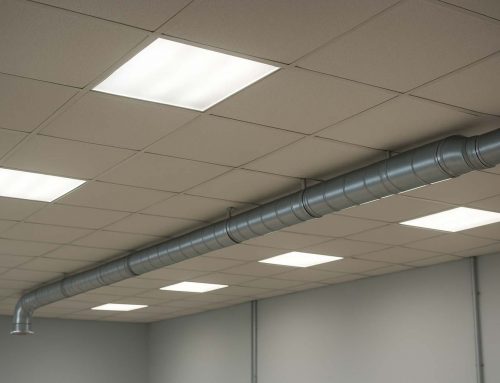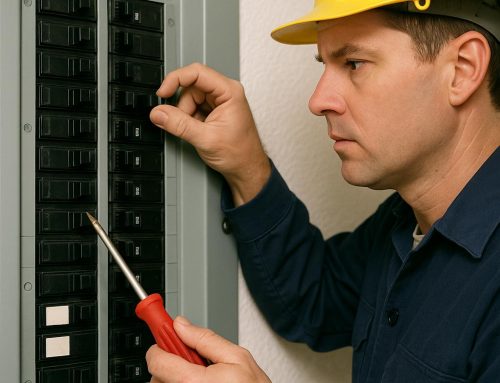In any office environment, electrical systems play a critical role in maintaining productivity and safety. However, these systems can encounter problems that, if left unaddressed, may lead to equipment failure, safety hazards, and costly downtime. Below, we explore the ten most common electrical issues you might face in your office and how to address them.
1. Frequent Tripping of Circuit Breakers
When circuit breakers trip often, it usually indicates an overloaded circuit. This occurs when too many devices draw power from a single circuit. Overloads can lead to overheating, which is a fire hazard. To prevent this, ensure that your office’s electrical load is evenly distributed and consider upgrading the circuit if necessary.
2. Flickering or Dimming Lights
Flickering or dimming lights are more than just a nuisance; they can signal underlying electrical issues such as loose wiring, circuit overloads, or faulty fixtures. It’s essential to investigate and resolve these issues promptly to avoid potential fire hazards.
3. Overloaded Power Strips and Outlets
Many offices rely on power strips to connect multiple devices to a single outlet. However, overloading these strips can lead to overheating and increase the risk of electrical fires. Use power strips with surge protection, and avoid plugging too many devices into one strip.
4. Electrical Shocks
Experiencing a mild shock when touching an appliance or outlet is a sign of faulty wiring or improper grounding. Even a small shock should be taken seriously, as it could indicate a more significant issue that requires immediate attention from a licensed electrician.
5. Warm or Hot Outlets
If your office outlets or switches feel warm or hot to the touch, it could indicate an overloaded circuit, loose wiring, or a malfunctioning outlet. This is a serious safety concern that should be addressed promptly to prevent electrical fires.
6. Frequent Bulb Burnouts
If light bulbs in your office burn out frequently, it could be due to high wattage, poor air circulation around the bulb, or faulty wiring. Ensure that you’re using the correct bulb type and wattage for your fixtures, and consult an electrician if the problem persists.
7. Dead Outlets
Dead outlets can occur due to a tripped breaker, a loose connection, or faulty wiring. While it might seem like a minor inconvenience, a dead outlet could be a sign of a larger electrical issue that needs to be investigated by a professional.
8. Noisy Electrical Panels
Buzzing or humming sounds from your electrical panel are a red flag. These noises can indicate loose connections, faulty breakers, or an overloaded panel. Such issues require immediate attention to prevent potential electrical fires.
9. Insufficient Outlets
In many older offices, there simply aren’t enough outlets to accommodate modern technology needs. Over-reliance on extension cords and power strips can overload circuits and create fire hazards. Consider upgrading your electrical system to add more outlets and improve safety.
10. Outdated or Damaged Wiring
Old or damaged wiring is a common issue in older office buildings. Over time, wiring can degrade, leading to shorts, shocks, or even fires. If your office still has outdated wiring, it’s crucial to have it inspected and replaced by a professional electrician.
Conclusion
Electrical issues in the office are not just inconveniences—they can pose significant risks to safety and productivity. By recognizing these common problems and addressing them promptly, you can ensure a safer, more efficient work environment. If your office is experiencing any of these issues, don’t hesitate to contact a licensed electrician to assess and resolve the problem.
Stay proactive and keep your office powered safely and effectively!






